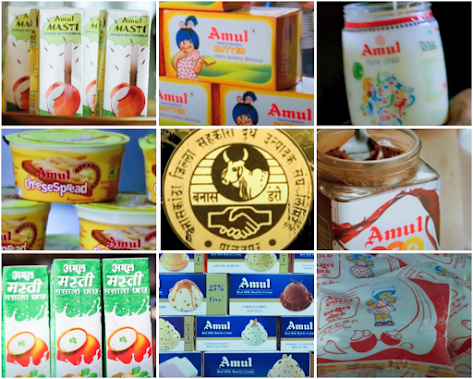Bamboo Farming (Green Gold) : The Future of Bamboo Cultivation in India
All around the world, there are uncountable species but there is one plant that stands above the rest in terms of usefulness and speed of growth that plant is Bamboo. Bamboo Crop "Baas" is eminently known as Green Gold and Energy Plantation. It is one the most fascinating and useful plants in the world although it may look like a tree it's actually considered to be grass. Bamboo forests are widely popular in China, Vietnam, the Netherlands, Hawaii, and many parts of South America. For centuries bamboo has been a miracle plant used by many as a sturdy building material and a viable source of food. Nevertheless, a few years back bamboo farming was not as popular in India. Limited farmers were inclined towards bamboo cultivation. There were numerous myths regarding bamboo farming among Indian farmers. However, as time passed the situation changed and various farmers shifted towards bamboo cultivation. Nowadays, bamboo farming is trending and a value-for-money choice amongst farmers. Now, the question arises, suddenly what happened that drastically changed the mindset of the farmer population about Bamboo cultivation.
In a time when global warming depletes resources and deforestation threatens the balance of the delicate natural world and its diverse ecosystems. Bamboo is making a name for itself as a viable solution and resource that's both remarkably useful and environmentally friendly. Bamboo horticulturists from all over the world consider bamboo to be one of the most sustainable renewable resources known on the planet. Some species of bamboo have been known to grow up to four feet a day and reach maturity within 2-3 years whereas traditional timber takes 50-60 years to grow to maturity and become ready for harvesting. After harvesting bamboo it quickly self propagates and new bamboo forests sprout up which reduces the risk of deforestation and soil erosion that is common with other types of timber harvests. The bamboo is naturally antibacterial and has no need for harmful pesticides and fertilizers that can be hazardous to the environment. Additionally, with carbon dioxide levels in the atmosphere on the rise, bamboo becomes a highly beneficial tool to clean the air we breathe. Bamboo can produce 35% more oxygen than an equivalent stand of tree.
The ability to be fast-growing, less water consumption, less requirement of fertilizers, and less risk of crop failure immensely fascinated Indian farmers with bamboo farming. Moreover, in 2014, the prime minister of India " Mr. Narender Modi Ji" and the road transport and highway minister of India " Mr. Nitin Gadkari Ji" put a lot of effort into popularizing bamboo husbandry. Higher authorities in the Agriculture Department of India organize plenty of extension and training programs for farmers throughout the country. This helped farmers grow, sell, and purchase bamboo without any form of restriction or permission from the government.
Future of Bamboo Farming in India:
Farmers can earn hefty amounts of money through bamboo farming as a single farmer can earn 5000-10,000 rupees per plant if he sells one bamboo for 50 rupees. Even small marginal farmers can follow this cultivation i.e. 2 acre planting can earn up to 20 lakh easily in 2 years. There is no specific soil requirement for bamboo cultivation. Moreover, there are about 200 types of varieties available in the market, and farmer can opt for the variety at their convenience. Farmers can easily purchase good and treated saplings from private vendors and many government nurseries. Some fast-growing tissue culture varieties are Mosu, Mozi, Brandizi, Multiplex, Kanak, Vulgaries etc. The most suitable and most common growing method for bamboo is the "Ultra-dense model" which basically creates a forest with a 5ft-7ft planting distance, this helps plants to grow straight and tall. According to the experts, the Rhizomes and tissue culture plants are the best and toughest.
After a huge shift of farmers in bamboo farming, India is still the largest importer of bamboo in the world. Every year 60,000-65,000 tonnes of bamboo is imported from China and Vietnam which costs approximately 250 Crore-300 Crore Indian rupees. Bamboo is a major raw material in various industries owing to the demand for bamboo is increasing at an alarming rate. Bamboo is widely used in construction ( Flooring, roofing, and designing), furniture, papermill, food, biofuel, charcoal, ethanol, methanol, toothpicks, ice cream sticks, incense sticks, fabrics, etc. However, with the crucial demand for bamboo in different industries and business ventures, the market share of bamboo is projected to reach $88 billion by 2030.




Comments
Post a Comment